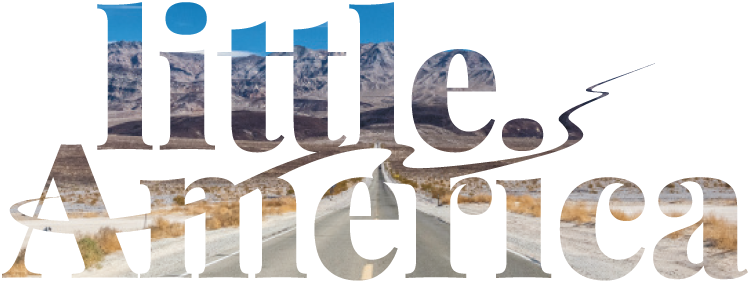American currency and tipping culture
In the United States, the US dollar (USD) is used for payment. The dollar is divided into 100 cent denominations. There are coins worth 1 cent (penny), 5 cents (nickel), 10 cents (dime), 25 cents (quarter), as well as rarer coins worth 50 cents and 1 dollar. Banknotes are available in denominations of 1, 5, 10, 20, 50 and 100 dollars. It is advisable to obtain a small amount of cash from your bank before travelling in order to be prepared for your first expenses.
Card payment
Credit and debit cards, as well as Apple or Google Pay, are widely accepted throughout the country. Visa, MasterCard and American Express are the most common means of payment. However, in rural areas and smaller shops, it is possible that only cash is accepted. Before travelling, check that your bank card has global coverage, otherwise it will not work in the US.
General guide to tipping:
In the United States, tipping is an important part of income for many service workers. Here are some general guidelines:
- Restaurants: It is customary to tip 15-20% of the bill. In upscale restaurants or for excellent service, 25% is appropriate.
- Bars: One dollar per drink or 15-20% of the total bill is appropriate.
- Taxis/ride-share: Around 10-15% of the fare is expected.
- Hotel service: For the porter, 1-2 dollars per piece of luggage is usual, and the chambermaid is left around 2-5 dollars per day.
- Other services: Hairdressers, spa staff and other service providers are also tipped 15-20%.

























